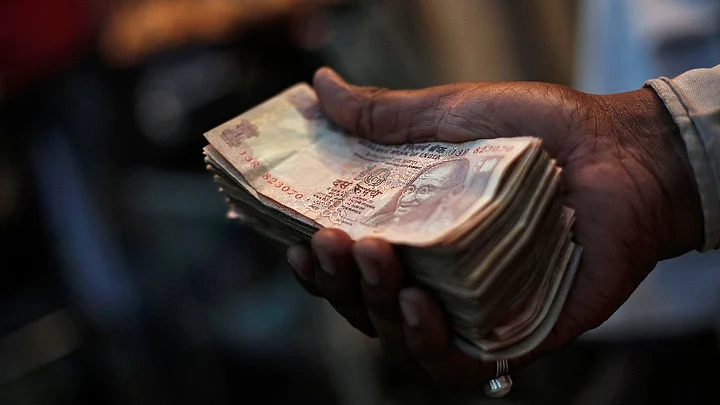Indians got wealthier faster than peers in most countries in the year to June. Yet, inequality remains stark and Asia’s third largest economy’s contribution to the global riches is limited.
The country added $451 billion to its total wealth during the period. That’s a yearly rise of 9.9 percent, second only to the 10.1 percent growth seen in the US, according to Credit Suisse Research Institute’s 2017 Global Wealth Report.
The fluctuation in asset prices and exchange rates account for much of the change in household wealth across regions in the short run, the report said. “Most of these influences have been positive during the past twelve months, particularly equity prices, which have risen substantially almost everywhere, setting new highs in many parts of the world.”
A Fourth of What The Chinese Have
The share of an Indian adult in the country’s total wealth rose 7.9 percent to $5,796. Yet, that’s a fourth of what a Chinese peer has because the riches are more unevenly distributed in India.
Around 92 percent of Indian adults have wealth less than $10,000, while 0.5 percent have a net worth over $1,00,000, according to Credit Suisse. “Residents of India remain heavily concentrated in the bottom half of the distribution, accounting for more than a quarter of the members,” the report said.
While wealth inequality is high, a 1.2 billion population means that a significant chunk – 4.2 million adults – is in the top echelons, it said.
That’s one of the most prominent differences between India and its emerging peer China where most adults are in the upper middle section of global wealth distribution.
While the global wealth inequality is high and rising, it is “difficult to predict the future trajectory with any degree of confidence,” the report said.
Real Assets Dominate Personal Wealth In India
India's demonetisation experiment is likely to have triggered a shift from physical assets to financial savings, according to a central bank study. Even then, the share of real assets like property and gold remains high. As typical for developing economies, such assets make up 86 percent of the household wealth in India.
Non-financial assets are the main driver of wealth growth in most reasons, said Credit Suisse. “Last year, they accounted for more than 80 percent of the rise in both China and India,” the report said.
The average personal debt for an Indian adult is estimated at $376, or just 9 percent of the gross assets, Credit Suisse said. India's household debt increased 20 percent in 2016-17.
Although indebtedness is a severe problem for many poor people in India, overall household debt as a proportion of assets in India is lower than in most developed countries.Credit Suisse 2017 Global Wealth Report
The Millionaires
India has 3.4 lakh adults in the top 1 percent of global wealth holders. That's a 0.7 percent share. There are 2.45 lakh millionaires and 42 billionaires in the country. Millionaires are expected to rise 52 percent to 3.72 lakh by 2020.
In contrast, China has around 20 lakh millionaires and more adults with wealth above $50 million than any other country except the US.
A Long Way To Go?
India has improved nearly on all fronts in household wealth. That gap with the developed economies is wide. Median wealth in North America is almost 50 times the level in India, nine times the level in China and four times the level in Europe, said Credit Suisse.
Total wealth in India quadrupled between 2000 and 2017. “Despite this remarkable increase and having four times the population of the US, total wealth in India is comparable to the level for the US 90 years ago,” the report said.
Credit Suisse expects total wealth in India to reach $6 trillion by 2022. Yet, it will only be comparable with the level in the US in 1936, the report said.
(This article was originally published on BloombergQuint)
(Breathe In, Breathe Out: Are you finding it tough to breathe polluted air? Join hands with FIT to find #PollutionKaSolution. Send in your suggestions to fit@thequint.com or WhatsApp @ +919999008335)
(At The Quint, we question everything. Play an active role in shaping our journalism by becoming a member today.)





